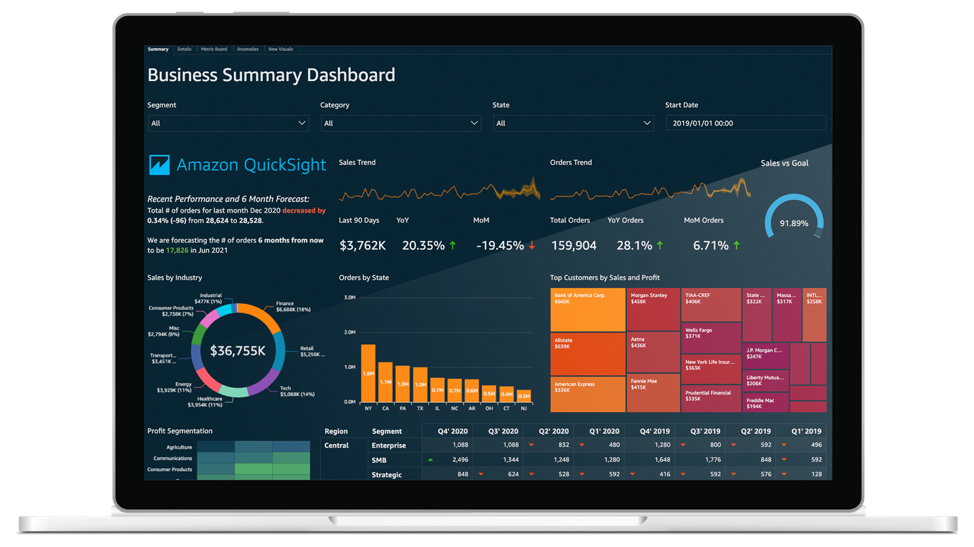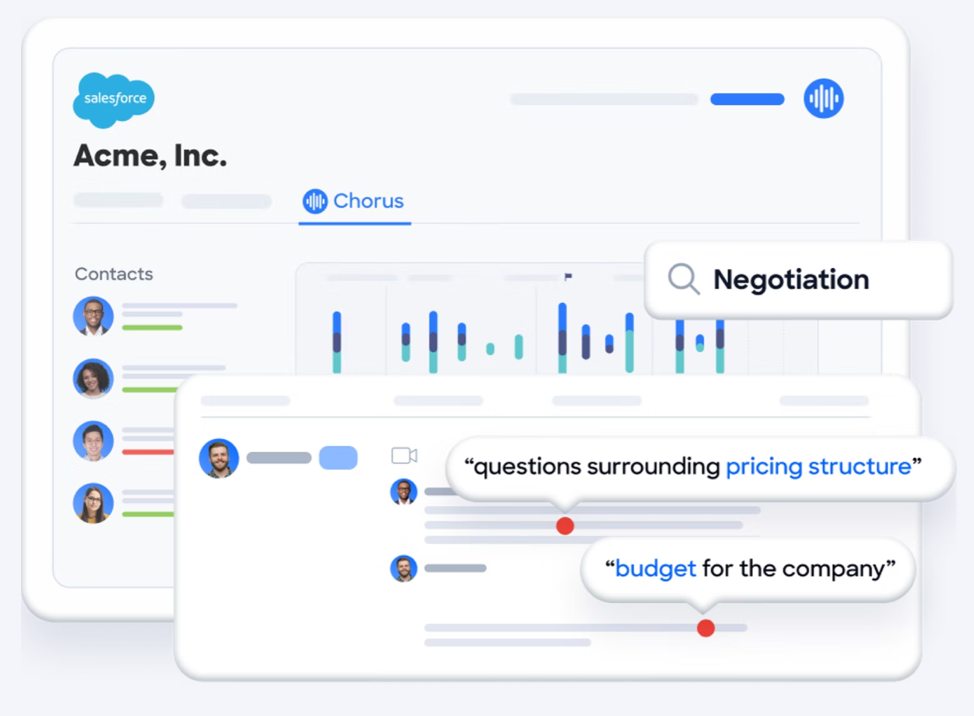As a tech company that has always been globally distributed, remote, and asynchronous, we’re big believers in the power of remote work. It’s not just a feel-good fad. Remote work really works.
How exactly do we work like this? For starters, our team doesn't work from the same location or time zone, which means we’re remote and globally distributed. Our team members don’t work at the same time either, which makes us asynchronous.
Instead, each person logs on to work whenever they prefer – no matter where they’re based. We all know that team member who wakes up even earlier than the early bird. Another person might start later in the day and thrive working in small spurts with plenty of breaks. Whatever their style, each person can work at a time that actually suits them even if there’s little to no overlap with others on the team.
That’s great news for distraction-free, deep work. But it’s not to say that it doesn’t come with challenges that need to be managed thoughtfully. For example, you’re not going to get an instant response to messages you send to coworkers so it’s necessary to plan ahead to give people time to respond. That’s not the case in a synchronous setting like a meeting where everyone can collaborate in real-time.
Some people also miss the face time and camaraderie that comes with having coworkers in the same time zone or physical office space. This can be especially tricky in some situations. Imagine onboarding new hires without seeing them, or collaborating on a big, messy project with lots of feedback channels in different time zones. How about the challenges of meeting a big client with numerous stakeholders?
Luckily, many tools are available to help you overcome these difficulties. So, without further ado, here are the 7 tools we use and love to facilitate our remote work.
1. SLACK
Slack is our primary asynchronous communication tool. It has almost eliminated the need for company meetings! Our team no longer complains about meetings that could’ve been an email. We use Slack for all communications, and only hold meetings when they’re absolutely necessary.
One of the things we love about Slack is having the ability to create channels. They allow us to group all conversations relevant to a specific project, team, or topic. Since we started using Slack, we’ve become more organized in our asynchronous communication. Compared to email or messenger communication, we can really see the benefits that Slack offers.

Pro Tip
Benefit from Slack’s built-in organization features. For example, did you know that you could group channels together into custom sections? This will help you track your different channels if they ever get out of hand. Slack also helps you set notification schedules to enforce reasonable expectations. You don’t need to be worried about work throughout your day just because you work remotely.
2. SMARTSHEET
Smartsheet is a spreadsheet-based project management solution. For us, it’s more than just a tool for creating schedules and tasks and tracking progress. Instead, we leverage Smartsheet’s built-in collaboration and automation tools to streamline our workflows and speed up project completion times.
Consider our Careers page. To help share our work culture, our marketing team needed to interview many team members who were spread all around the world. And that was challenging to do since people weren’t working at the same time. We had a long list of things to get done that could easily have become a coordination nightmare. But Smartsheet helped us split up tasks in a way that made sense. This way, we knew when everything was due, and exactly where we stood on the project. Smartsheet also helped us know whom to ping for updates – especially important for a team that’s globally distributed!
Pro Tip
Use automated workflows. This eliminates many manual and repetitive tasks. In other solutions, automation would involve writing scripts. Here, you can automate workflows without writing a single line of code. Just specify:
- A trigger to indicate when the automation should run
- A condition to filter which rows in a particular sheet the automation applies to
- An action to specify what must happen
You can even create a workflow from scratch or simply modify one of the built-in templates.

3. QUICKSIGHT
Amazon QuickSight is a machine learning-driven business intelligence tool. It provides insights based on data from spreadsheets, databases, big data sources, and AWS services.

We use it to pull together data sources from across the organization, whether that’s marketing data, information about open support tickets, product usage stats and more. It eliminates silos and ensures transparency across departments. Then our team uses this data to ask natural language questions and QuickSight responds with interactive dashboards and visualizations.
Now, when we say ‘natural language’, we really mean something like “Which products grew the most year-over-year?”. QuickSight doesn’t need some esoteric-sounding queries.
Pro Tip
Email your coworkers QuickSight links to analysis and dashboards. This will help you to collaborate and get other’s views on the insights you generated.
4. CHORUS
Chorus is an AI-driven solution that helps us better understand the customer journey by capturing and analyzing our customer interactions. Chorus works on emails, calls, and meetings. We particularly love how it takes care of recording, transcribing, and analyzing customer calls so we’re not stuck taking notes as we speak. That way, we can be fully present in our online meetings.
This tool can also find key points in the transcriptions such as next steps (e.g., “I’ll send” or “circle back”), competitor mentions, and feature requests. For us, this has been a total game changer.
Pro Tip
Use Chorus to review calls (even if that means having to hear your own recorded voice) to make sure nothing gets missed. Did your client say something really important on a call that you need to flag to another team? Maybe they mentioned an upcoming project where your team could help or they flagged something that requires fixing. We use Chorus’s built-in tool to share key snippets from a call (or even the entire recording), or leave a comment for our colleagues to take action on. This is a great way to give context to your team so nothing slips through the cracks.

5. SOCOCO
Despite our best efforts to make our remote workers feel connected, some things in onsite work environments are hard to replicate. Sococo strives to narrow this gap. In essence, the tool introduces an online workplace that makes users feel as if they’re working side-by-side.
In Sococo, you can meet with coworkers in virtual places, like a conference room, office, lobby, breakout room, etc. You can even see who’s in these rooms or ‘knock’ on the door to ask a quick question.

Sococo integrates with popular online meeting tools such as Zoom, Teams, and Webex. That way, you can hold online meetings right from within Sococo, for both internal and external teams.
Pro Tip
Subscribe to IgniteTech Unlimited. Sococo is part of a vast selection of business software delivered via a Netflix-style subscription service. That means, your subscription to IgniteTech Unlimited gives you access to all the software solutions in our enterprise portfolio, including Sococo, at no additional cost.
6. ALERTFIND
This is one remote working tool we have that we hope we’ll never have to actually use. AlertFind is the world’s leading mass notification system. When disaster strikes, it rapidly notifies employees through email, landline, mobile phone, and SMS. How does that help with remote work?
Well, if your HQ is ever compromised by a natural disaster or a system outage, you’ll need to inform employees of the next steps. For example, you can instruct them to start working remotely or who to direct communications to. Using AlertFind, you can coordinate with designated command centers or alternative channels.
One of its most useful features is that AlertFind’s built-in AI-powered database automatically keeps all contacts up-to-date. This means you'll never fail to reach someone due to old contact information.

Pro Tip
Incorporate AlertFind into your disaster recovery plan to streamline your crisis communication. Like Sococo, AlertFind is also included in IgniteTech Unlimited. That means, you’ll have access to at least two remote working tools without spending anything extra.
7. CANVA
Canva is a graphic design tool that makes it super easy to create infographics, thumbnails, presentations, brochures, and all graphical content. It even has templates that you can simply modify. Templates are pretty helpful when you need a ready-to-use solution for your graphics. Just fill in the right words and images, and let Canva do its magic.
Pro Tip
Use Canva’s “team” feature. Despite Canva’s popularity, many people don’t know about this feature. It lets you collaborate with others once you’ve added them to a team. You can comment on specific elements of a graphic, tag other team members, reply to a comment, act on recommendations, and so on.

Takeaways
It seems remote work is here to stay – and that’s a good thing! But we still need to find new solutions that help maintain or even improve the productivity of our distributed workforce.
We want easy-to-use solutions that save time. We also want them to replicate some of the more useful things in onsite work environments.
The 7 tools we introduced in this article have played a major role in the successful rollout of our own remote work initiatives, and we hope you’ll find them useful as well!






